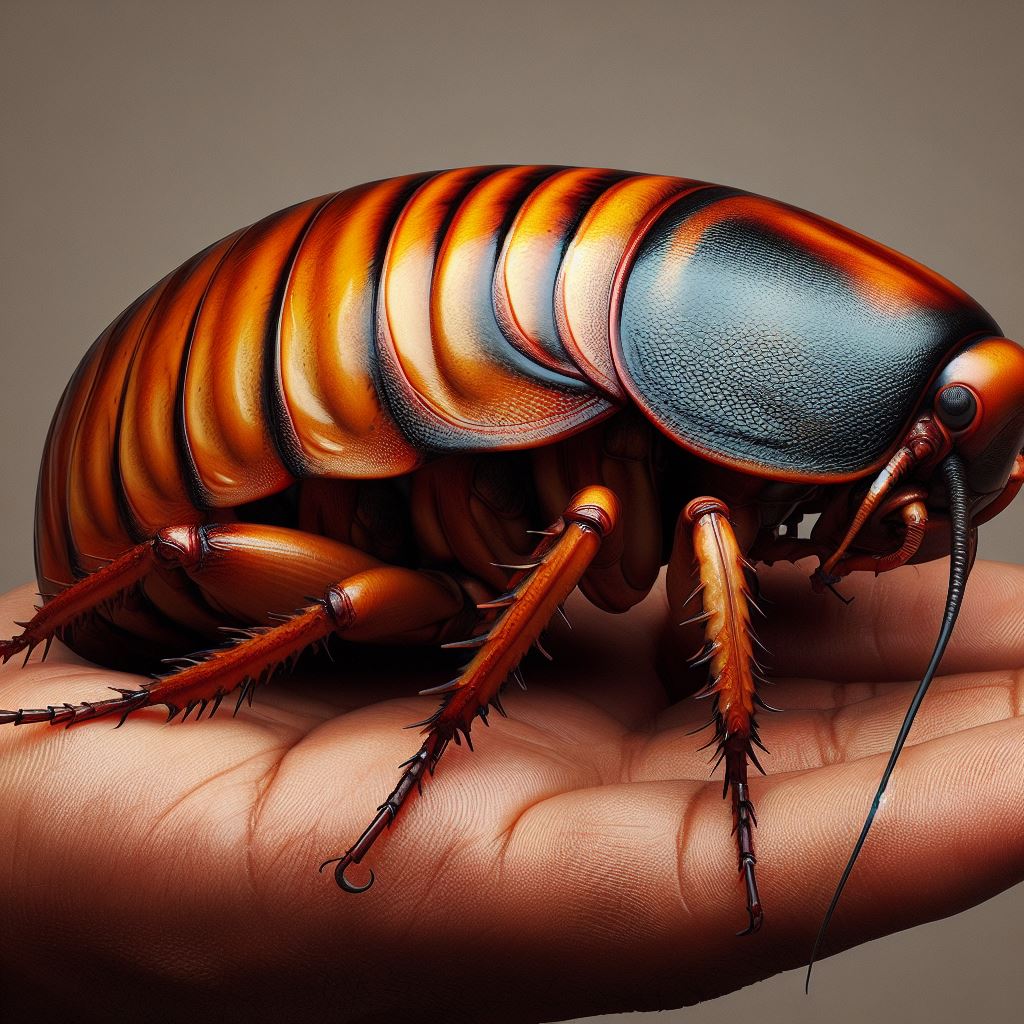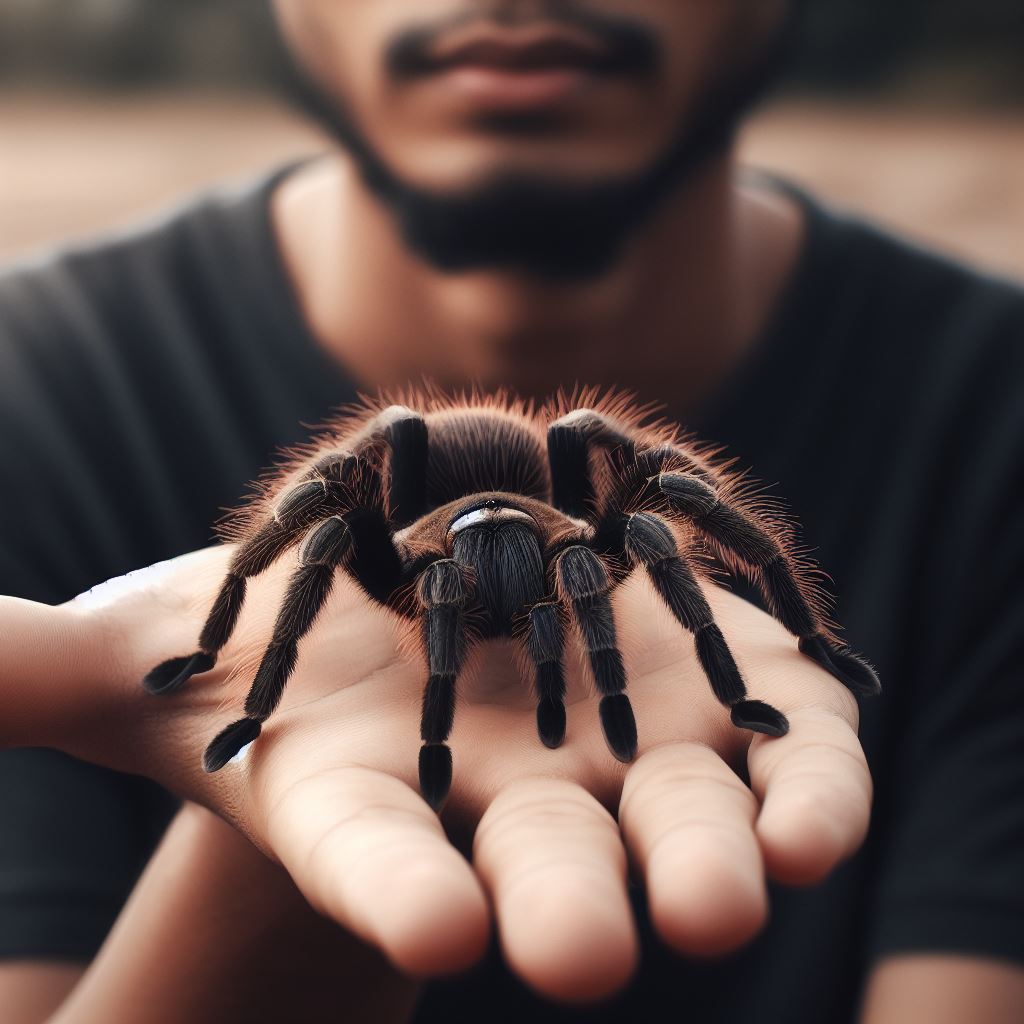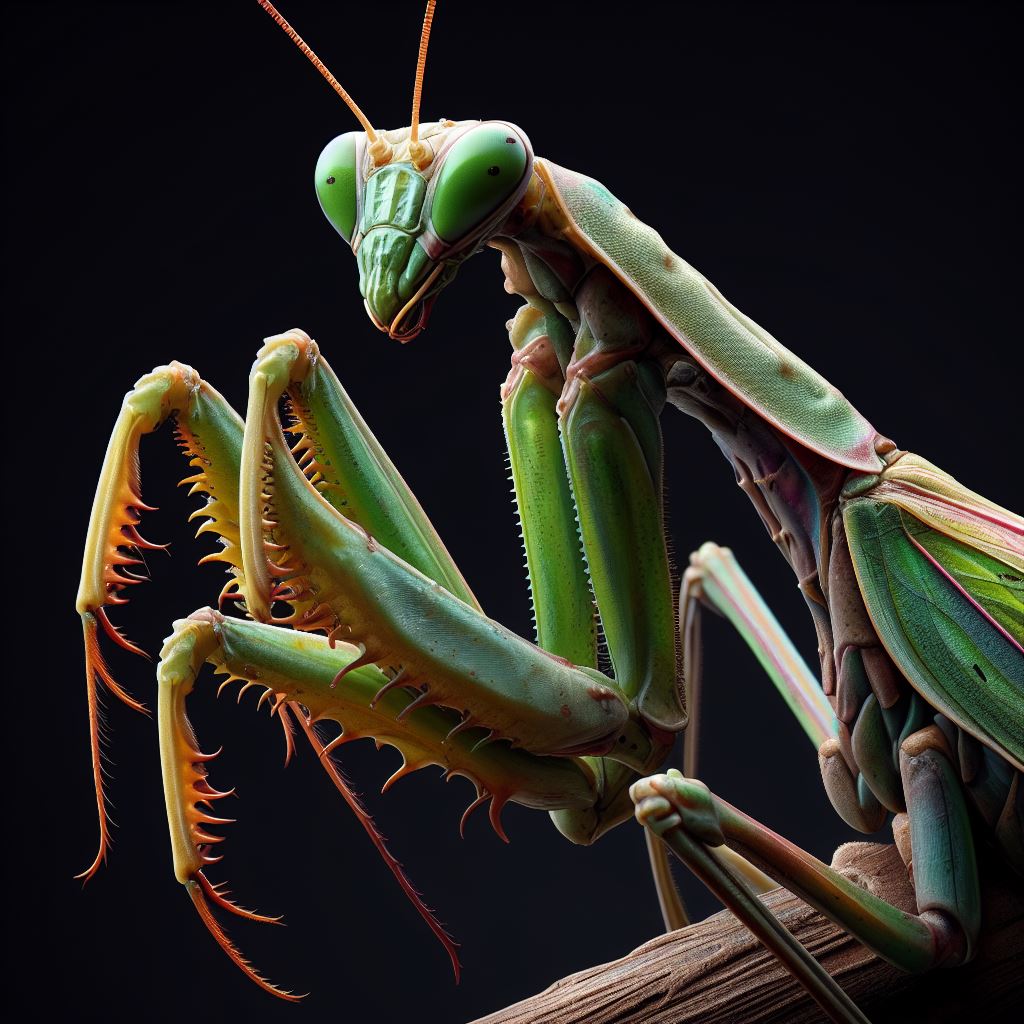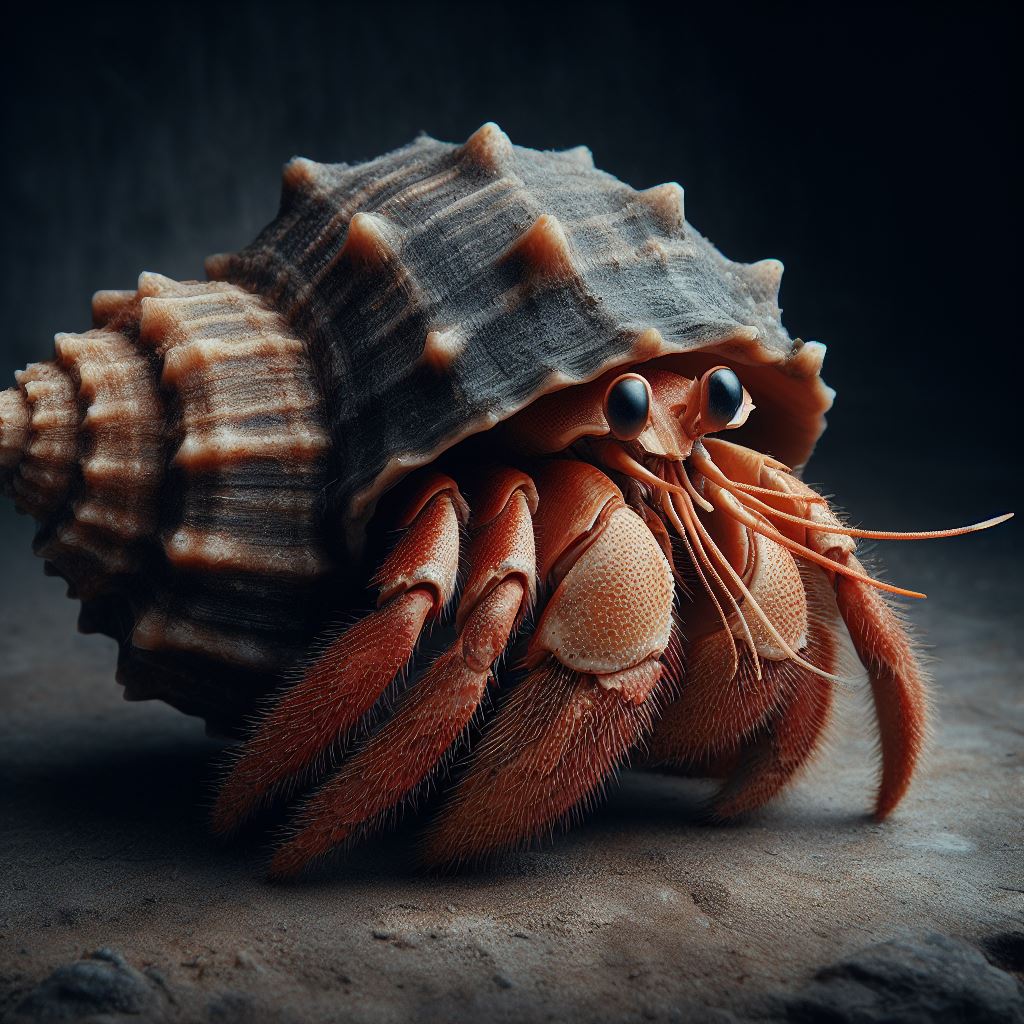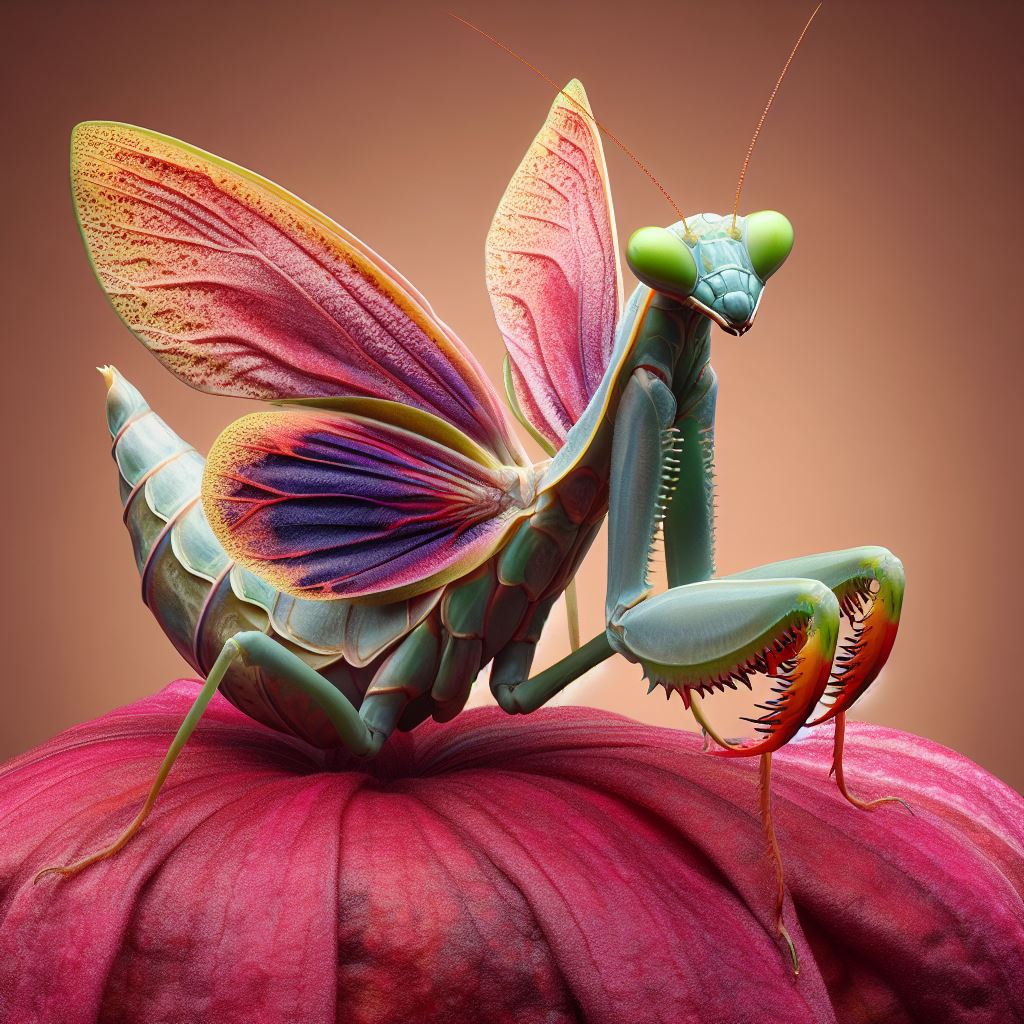Madagascar Hissing Cockroaches, scientifically known as Gromphadorhina portentosa, are fascinating creatures native to the island of Madagascar. These large, wingless insects belong to the beetle family and are renowned for their distinctive hissing sound, which is produced by exhaling air through tiny openings in their abdomen. Despite their creepy appearance, they make unique and low-maintenance pets, intriguing enthusiasts worldwide.
Interesting Facts about the Madagascar Hissing Cockroach
These cockroaches are exceptional in many ways. Not only can they live up to 5 years in captivity, but they are also excellent recyclers, breaking down decaying organic matter in the wild. Their hissing is not just for show; it’s a form of communication used in mating rituals and to establish dominance within their social structure. Additionally, they’re highly adaptable, surviving in various environments.
Why Choose a Madagascar Hissing Cockroach as Pets
Choosing Madagascar Hissing Cockroaches as pets offers an opportunity to observe the marvels of nature up close. They’re ideal for people with limited time as they require minimal attention and have straightforward care needs. Their intriguing behaviors and unique features make them an excellent choice for exotic pet enthusiasts seeking a different and captivating experience.
Setting Up the Perfect Habitat
Choosing an Appropriate Enclosure
Selecting the right enclosure is crucial. Opt for a glass or plastic tank with a secure lid to prevent escapes. Ensure the enclosure is well-ventilated to maintain optimal air circulation while preventing drafts. A 10-gallon tank is suitable for a small group of cockroaches, but larger colonies require more space.
Substrate Options and Bedding
Provide a substrate layer of coconut fiber or peat moss, maintaining a depth of at least 2-3 inches. This substrate mimics their natural habitat, offering a comfortable environment. It also aids in maintaining proper humidity levels and supports burrowing behavior, which is essential for their well-being.
Temperature and Humidity Requirements
Maintain the temperature between 75-85°F (24-29°C) during the day and slightly cooler at night. Use a heat mat or ceramic heat emitter to achieve this. Additionally, maintain humidity levels around 60-70% by misting the enclosure regularly with dechlorinated water. Proper humidity is crucial for their molting process and overall health.
Lighting and Photoperiod
Madagascar Hissing Cockroaches are nocturnal and do not require specific lighting. However, providing a natural light cycle by keeping the enclosure in a room with regular daylight exposure helps regulate their biological rhythms. Avoid exposing them to direct sunlight, as it can cause overheating.
Feeding and Nutrition
Proper Diet: What a Madagascar Hissing Cockroach Eat
Madagascar Hissing Cockroaches are detritivores, meaning they consume decaying organic matter. In captivity, offer a well-balanced diet consisting of fresh vegetables like carrots, lettuce, and sweet potatoes. They also enjoy fruits like apples and bananas. High-quality roach chow or commercial insect diets provide essential nutrients. Occasionally, supplement their diet with calcium-rich foods like crushed eggshells for strong exoskeleton development.
Providing Fresh Water
Ensure a small, shallow dish of clean, dechlorinated water is available at all times. Use a dish with smooth sides to prevent drowning, and change the water daily to maintain freshness. Proper hydration is essential for their overall health and longevity.
Avoiding Common Feeding Mistakes
Avoid overfeeding to prevent uneaten food from rotting and causing unsanitary conditions. Monitor their eating habits and adjust portions accordingly. Remove uneaten food promptly to maintain a clean environment. Additionally, avoid feeding them citrus fruits or high-sugar foods, as these can be harmful to their digestive system.
Supplements and Treats
Supplement their diet with a calcium powder, especially for breeding females, to support egg development and overall health. As treats, provide occasional small amounts of protein sources like fish flakes or dog food. These treats should be given sparingly and only as supplements to their main diet.
Handling and Socialization
Handling Techniques: Dos and Don’ts
While Madagascar Hissing Cockroaches can be handled, it’s essential to be gentle and calm. Use slow, deliberate movements to avoid startling them. Remember, they are delicate creatures, so handle them with care. Avoid sudden movements or loud noises, as these can stress them.
Bonding with Your Madagascar Hissing Cockroach
Bonding with your cockroach involves observing them quietly and allowing them to become accustomed to your presence. Spend time near their enclosure without disturbing them to help them acclimate to your presence. With patience, they may even crawl onto your hand on their own.
Understanding Cockroach Behavior
Madagascar Hissing Cockroaches exhibit interesting behaviors, such as grooming each other and engaging in dominance rituals. They communicate using hissing sounds and release pheromones to establish social hierarchies within their group. Observing these behaviors can provide valuable insights into their social structure.
Recognizing Signs of Stress
Stressed cockroaches may exhibit erratic behavior, like excessive hiding or hissing. If you notice these signs, give them some quiet time and ensure their habitat conditions are optimal. Stress can result from various factors, such as sudden changes in environment or handling.
Health and Wellness
Regular Health Checks: What to Look For
Regularly inspect your Madagascar Hissing Cockroaches for signs of good health. Look for a shiny exoskeleton, active movement, and regular feeding behavior. Any changes in color, lethargy, or difficulty moving may indicate underlying health issues. Additionally, monitor their molting process; a successful molt is a positive sign of their well-being.
Common Health Issues and Solutions
Common health issues include dehydration, mites, and bacterial infections. Address dehydration by ensuring a consistent water supply. If mites are observed, isolate affected individuals and clean the enclosure thoroughly. Bacterial infections may require veterinary intervention. Consult an exotic pet veterinarian for appropriate diagnosis and treatment.
Parasites and Diseases: Prevention and Treatment
Prevention is key when it comes to parasites and diseases. Maintain a clean habitat, provide a balanced diet, and avoid overcrowding to reduce the risk. If parasites are suspected, consult a veterinarian for specific treatments. Regular health checks and proper hygiene significantly contribute to preventing these issues.
Veterinary Care and Finding an Exotic Pet Veterinarian
Establish a relationship with an experienced exotic pet veterinarian who specializes in invertebrates. Regular check-ups are essential, especially for breeding colonies. A knowledgeable vet can offer valuable advice on preventive care, diagnose potential health issues, and guide you in maintaining a healthy cockroach population.
Breeding and Reproduction
Madagascar Hissing Cockroach Reproductive Process
Breeding Madagascar Hissing Cockroaches involves a courtship ritual, where males hiss and engage in physical displays to attract females. After mating, a female can produce multiple egg cases (oothecae), each containing up to 30 eggs. These egg cases are carried by the female until they hatch into nymphs.
Creating a Breeding Environment
Provide a separate enclosure with ample hiding spots and a slightly higher humidity level for breeding. Offer a nutritious diet to the pregnant female to ensure healthy offspring. Mimic their natural habitat conditions to encourage successful mating and breeding behavior.
Caring for the Pregnant Female
A pregnant female should be monitored closely. Ensure she has access to a high-quality diet, including additional protein and calcium sources. Provide a secluded, stress-free environment, minimizing disturbances to support a smooth gestation period.
Caring for the Offspring (Nymphs)
Once the eggs hatch into nymphs, they are self-sufficient but require a similar environment as the adults. Provide adequate hiding places and a diet rich in nutrients to support their growth. Separating the nymphs from adults prevents cannibalism and ensures their safety.
Enrichment and Environmental Stimulation
Importance of Environmental Enrichment
Enrichment is essential for the mental and physical well-being of Madagascar Hissing Cockroaches. Provide a variety of hiding places and climbing structures, such as cork bark and branches. This not only encourages natural behaviors but also reduces stress and promotes overall health.
Providing Hiding Places and Climbing Structures
Creating a diverse environment with hiding spots like coconut shells or cardboard tubes allows cockroaches to exhibit their natural behaviors. Climbing structures, such as vertical bark pieces or small logs, encourage physical activity, making their habitat more engaging and stimulating.
DIY Toys and Activities for a Madagascar Hissing Cockroach
Get creative with DIY toys! Simple items like crumpled paper balls or small, non-toxic plastic containers can serve as stimulating toys. Cockroaches may push, climb, or investigate these objects, promoting mental engagement. Experiment with various materials to see what captures their interest.
Cleaning and Maintenance
Regular Cleaning Schedule
Maintain a regular cleaning schedule to ensure a hygienic environment for your Madagascar Hissing Cockroaches. Remove uneaten food, and feces, and shed exoskeletons daily. Perform a thorough cleaning of the enclosure every two weeks, replacing the substrate and cleaning all surfaces to prevent bacterial growth.
Spot Cleaning vs. Deep Cleaning
Spot cleaning involves the daily removal of waste and uneaten food, preventing the accumulation of debris. Deep cleaning, on the other hand, involves removing all items from the enclosure, cleaning them thoroughly, and replacing the substrate. Both are essential for maintaining a healthy habitat.
Proper Disposal of Waste
Dispose of waste responsibly. Organic waste can be composted, while non-organic waste, such as soiled paper towels, should be disposed of in a sealed bag. Regular disposal prevents the growth of harmful bacteria and helps maintain a clean and odor-free environment.
Preventing Odors and Maintaining a Fresh Environment
Proper ventilation, regular cleaning, and appropriate substrate depth help prevent odors. Adequate airflow reduces humidity and discourages the growth of odor-causing bacteria. Maintaining a clean environment not only keeps your cockroaches healthy but also ensures an enjoyable living space for both you and your pets.
Legal Considerations
Checking Local Laws and Regulations
Before acquiring Madagascar Hissing Cockroaches, research local laws and regulations regarding their ownership. Some regions may require permits or have specific restrictions on keeping these insects as pets. Complying with local laws ensures a legal and responsible ownership experience.
Permits and Licenses for Keeping a Madagascar Hissing Cockroach
If permits or licenses are necessary, obtain them before bringing cockroaches into your home. Adhering to legal requirements not only prevents potential legal issues but also demonstrates your commitment to responsible pet ownership. It’s essential to be aware of and follow all relevant regulations.
Responsible Ownership and Ethical Considerations
Responsible ownership goes beyond legal requirements. Provide adequate care, mental stimulation, and socialization for your cockroaches. Educate yourself about their needs and behaviors, ensuring their well-being. Additionally, consider ethical aspects such as conservation efforts and supporting sustainable practices within the pet trade.
Rehoming and Adoption Guidelines
If you are unable to care for your Madagascar Hissing Cockroaches, have a plan for rehoming or adoption. Responsible pet owners prioritize finding suitable homes for their pets, ensuring they continue to receive proper care and attention. Rehoming guidelines can vary, so research reputable organizations and individuals willing to adopt these unique creatures.
Frequently Asked Questions (FAQs)
Addressing Common Concerns about Madagascar Hissing Cockroaches
Q: Are Madagascar Hissing Cockroaches dangerous? A: No, these cockroaches are not harmful to humans. They do not bite or sting and are harmless if handled gently.
Q: Can I keep Madagascar Hissing Cockroaches with other pets? A: It’s best to keep them in a separate enclosure. While they are not aggressive, interactions with other pets can stress them.
Myth Busting: Dispelling Misconceptions
Myth: Cockroaches are carriers of diseases. Fact: Madagascar Hissing Cockroaches do not carry diseases that affect humans. They are clean insects that groom themselves regularly.
Troubleshooting Common Issues
Issue: Cockroaches are not hissing. Solution: Hissing is a behavior often triggered by handling or disturbance. Not all individuals may hiss, and that’s perfectly normal.
Issue: Cockroaches are hiding constantly. Solution: Ensure the enclosure provides adequate hiding spots. Cockroaches are nocturnal and naturally reclusive, so having hiding places is essential for their well-being.
Conclusion
Summary of Key Points
Caring for Madagascar Hissing Cockroaches involves creating a suitable habitat, providing proper nutrition, and understanding their behaviors. Enrichment, cleanliness, and regular health checks are vital aspects of responsible ownership.
Celebrating the Joys of Keeping Madagascar Hissing Cockroaches as Pets
Despite their unconventional nature, Madagascar Hissing Cockroaches offer a unique and enriching pet-keeping experience. Observing their natural behaviors and learning about their fascinating lives can be incredibly rewarding.
Encouragement for Responsible Pet Ownership
Remember, responsible pet ownership ensures the well-being of your pets and contributes to the positive image of exotic pet enthusiasts. By following proper care guidelines and respecting these creatures, you can enjoy a fulfilling and educational journey with your Madagascar Hissing Cockroaches.

